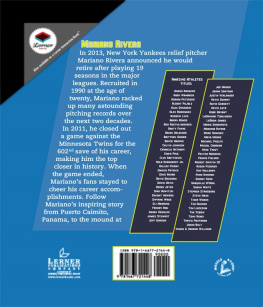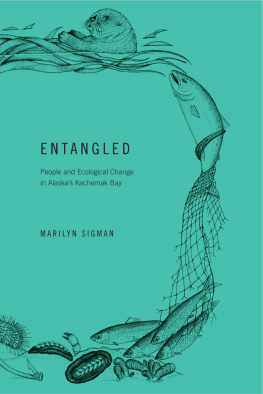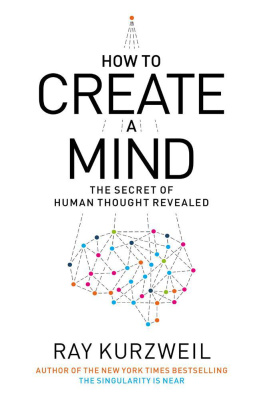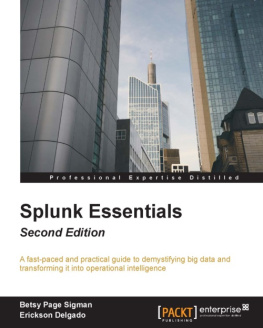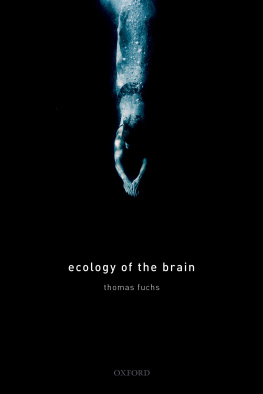Mariano Sigman - The Secret Life of the Mind: How Your Brain Thinks, Feels, and Decides
Here you can read online Mariano Sigman - The Secret Life of the Mind: How Your Brain Thinks, Feels, and Decides full text of the book (entire story) in english for free. Download pdf and epub, get meaning, cover and reviews about this ebook. year: 0, genre: Home and family. Description of the work, (preface) as well as reviews are available. Best literature library LitArk.com created for fans of good reading and offers a wide selection of genres:
Romance novel
Science fiction
Adventure
Detective
Science
History
Home and family
Prose
Art
Politics
Computer
Non-fiction
Religion
Business
Children
Humor
Choose a favorite category and find really read worthwhile books. Enjoy immersion in the world of imagination, feel the emotions of the characters or learn something new for yourself, make an fascinating discovery.

- Book:The Secret Life of the Mind: How Your Brain Thinks, Feels, and Decides
- Author:
- Genre:
- Year:0
- Rating:3 / 5
- Favourites:Add to favourites
- Your mark:
- 60
- 1
- 2
- 3
- 4
- 5
The Secret Life of the Mind: How Your Brain Thinks, Feels, and Decides: summary, description and annotation
We offer to read an annotation, description, summary or preface (depends on what the author of the book "The Secret Life of the Mind: How Your Brain Thinks, Feels, and Decides" wrote himself). If you haven't found the necessary information about the book — write in the comments, we will try to find it.
Mariano Sigman: author's other books
Who wrote The Secret Life of the Mind: How Your Brain Thinks, Feels, and Decides? Find out the surname, the name of the author of the book and a list of all author's works by series.
The Secret Life of the Mind: How Your Brain Thinks, Feels, and Decides — read online for free the complete book (whole text) full work
Below is the text of the book, divided by pages. System saving the place of the last page read, allows you to conveniently read the book "The Secret Life of the Mind: How Your Brain Thinks, Feels, and Decides" online for free, without having to search again every time where you left off. Put a bookmark, and you can go to the page where you finished reading at any time.
Font size:
Interval:
Bookmark:
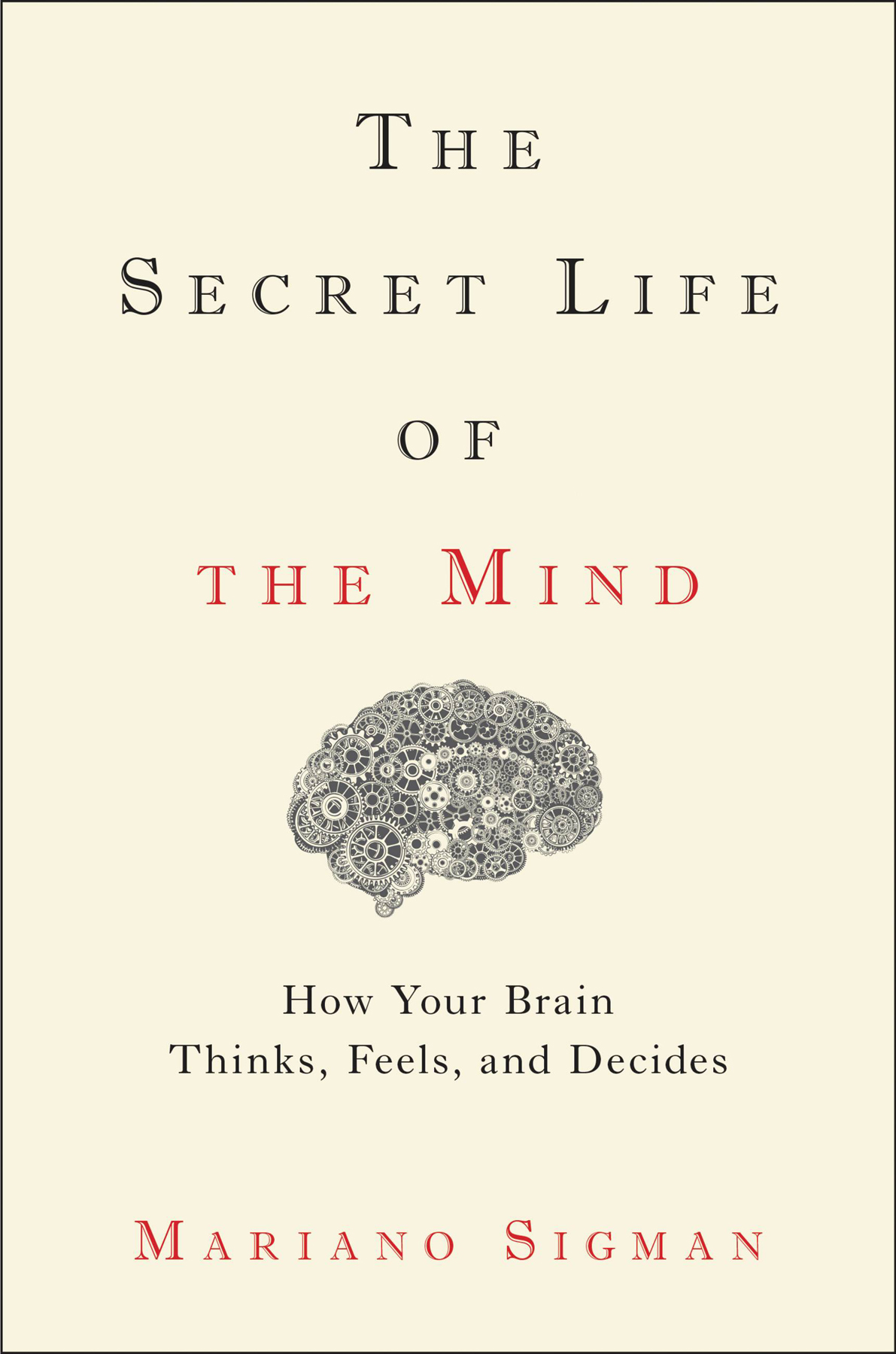
To receive special offers, bonus content, and news about ourlatest ebooks and apps, sign up for our newsletters.
Sign Up
Or visit us at hachettebookgroup.com/newsletters
Copyright 2015 by Mariano Sigman
English translation 2017 by Mariano Sigman
Cover design by Daniel Rembert
Cover artwork by Shutterstock
Author photograph by BGH 100 aos de innovacin; Peral-Wolf
Cover 2017 Hachette Book Group, Inc.
Hachette Book Group supports the right to free expression and the value of copyright. The purpose of copyright is to encourage writers and artists to produce the creative works that enrich our culture.
The scanning, uploading, and distribution of this book without permission is a theft of the authors intellectual property. If you would like permission to use material from the book (other than for review purposes), please contact permissions@hbgusa.com. Thank you for your support of the authors rights.
Little, Brown and Company
Hachette Book Group
1290 Avenue of the Americas, New York, NY 10104
littlebrown.com
twitter.com/littlebrown
facebook.com/littlebrownandcompany
First ebook edition: June 2017
Originally published in Buenos Aires and Barcelona by Penguin Random House Grupo Editorial, S.A. in 2015
First North American Edition: June 2017
Little, Brown and Company is a division of Hachette Book Group, Inc.
The Little, Brown name and logo are trademarks of Hachette Book Group, Inc.
The Hachette Speakers Bureau provides a wide range of authors for speaking events. To find out more, go to hachettespeakersbureau.com or call (866) 376-6591.
The publisher is not responsible for websites (or their content) that are not owned by the publisher.
Text from The Simpsons, Season 2, Episode 12, The Way We Was, written by Al Jean & Mike Reiss and Sam Simon, originally aired January 31, 1991. Fox Broadcasting Company. All rights reserved.
ISBN 978-0-316-54961-5
E3-20170524-JV-PC
To Milo and Noah
I like to think of science as a ship that takes us to unknown places, the remotest parts of the universe, into the inner workings of light and the tiniest molecules of life. This ship has instruments, telescopes and microscopes, which make visible what was once invisible. But science is also the route itself, the binnacle, the chart leading us towards the unknown.
My voyage over the last twenty years, between New York, Paris and Buenos Aires, has been into the innermost parts of the human brain, an organ composed of countless neurons that codify perception, reason, emotions, dreams and language.
The goal of this book is to discover our mind in order to understand ourselves more deeply, even in the tiniest recesses that make up who we are. We will look at how we form ideas during our first days of life, how we give shape to our fundamental decisions, how we dream and how we imagine, why we feel certain emotions, how the brain transforms and how who we are changes along with it.
Throughout these pages we will see the brain from a distance. We will go where thought begins to take shape. And it is there where psychology meets neuroscience. This is the ocean in which many people of varied disciplines have sailed, including biologists, physicists, mathematicians, psychologists, anthropologists, linguists, philosophers, doctors. As well as chefs, magicians, musicians, chess masters, writers, artists. This book is a result of that amalgam.
The first chapter is a journey to the land of childhood. We will see that the brain is already prepared for language long before we begin to speak, that bilingualism helps us to think, and that early on we form notions of what is good and what is fair, and about cooperation and competition, that later affect how we relate to ourselves and others. This early intuitive thinking leaves lasting traces on the way we reason and decide.
In the second chapter we will explore what defines the blurry, fine line between what we are willing to do and what we arent. Those decisions that make us who we are. How do reason and feelings work together in social and emotional decisions? What makes us trust others and ourselves? We will discover that small differences in decision-making brain circuits can drastically change our way of deciding, from the simplest decisions to the most profound and sophisticated ones that define us as social beings.
The third and fourth chapters travel into the most mysterious aspect of thought and the human brainconsciousnessthrough an unprecedented meeting between Freud and the latest neuroscience. What is the unconscious and how does it control us? We will see that we can read and decipher thoughts by decoding patterns of brain activity, even in vegetative patients who have no other way to express themselves. And who is it that awakens when consciousness awakens? We will see the first sketches of how we can now record our dreams and visualize them within some sort of oneiric planetarium, and explore the fauna of different states of consciousness, like lucid dreams and thinking under the effects of marijuana or hallucinogenic drugs.
The last two chapters cover questions of how the brain learns in different circumstances, from everyday life to formal education. For example, is it true that learning a new language is much harder for an adult than for a child? We will take a journey into the history of learning, looking at effort and ability, the drastic transformation that takes place in the brain when we learn to read, and the brains predisposition to change. This book outlines how all this knowledge can be used responsibly to improve the largest collective experiment in the history of humanity: school.
The Secret Life of the Mind is a summary of neuroscience from the perspective of my own experience. I look at neuroscience as a way to help us communicate with each other. From this perspective, neuroscience is another tool in humanitys ancestral search to expresssometimes rudimentarilythe shades, colours and nuances of what we feel and what we think in order to be comprehensible to others and, of course, to ourselves.
Of all the places we travel throughout our lifetimes, the most extraordinary is certainly the land of childhood: a territory that, looked back on by the adult, becomes a simple, naive, colourful, dreamlike, playful and vulnerable space.
Its odd. We were all once citizens of that country, yet it is hard to remember and reconstruct it without dusting off photos in which, from a distance, we see ourselves in the third person, as if that child were someone else and not us in a different time.
How did we think and conceive of the world before learning the words to describe it? And, while we are at it, how did we discover those words without a dictionary to define them? How is it possible that before three years of age, in a period of utter immaturity in terms of formal reasoning, we were able to discover the ins and outs of grammar and syntax?
Here we will sketch out that journey, from the day we entered the world to the point where our language and thought resemble what we employ today as adults. The trajectory makes use of diverse vehicles, methods and tools. It intermingles reconstructions of thought from our gazes, gestures and words, along with the minute inspection of the brain that makes us who we are.
We will see that, from the day we are born, we are already able to form abstract, sophisticated representations. Although it sounds far-fetched, babies have notions of mathematics, language, morality, and even scientific and social reasoning. This creates a repertoire of innate intuitions that structure what they will learnwhat we all learnedin social, educational and family spaces, over the years of childhood.
Font size:
Interval:
Bookmark:
Similar books «The Secret Life of the Mind: How Your Brain Thinks, Feels, and Decides»
Look at similar books to The Secret Life of the Mind: How Your Brain Thinks, Feels, and Decides. We have selected literature similar in name and meaning in the hope of providing readers with more options to find new, interesting, not yet read works.
Discussion, reviews of the book The Secret Life of the Mind: How Your Brain Thinks, Feels, and Decides and just readers' own opinions. Leave your comments, write what you think about the work, its meaning or the main characters. Specify what exactly you liked and what you didn't like, and why you think so.

